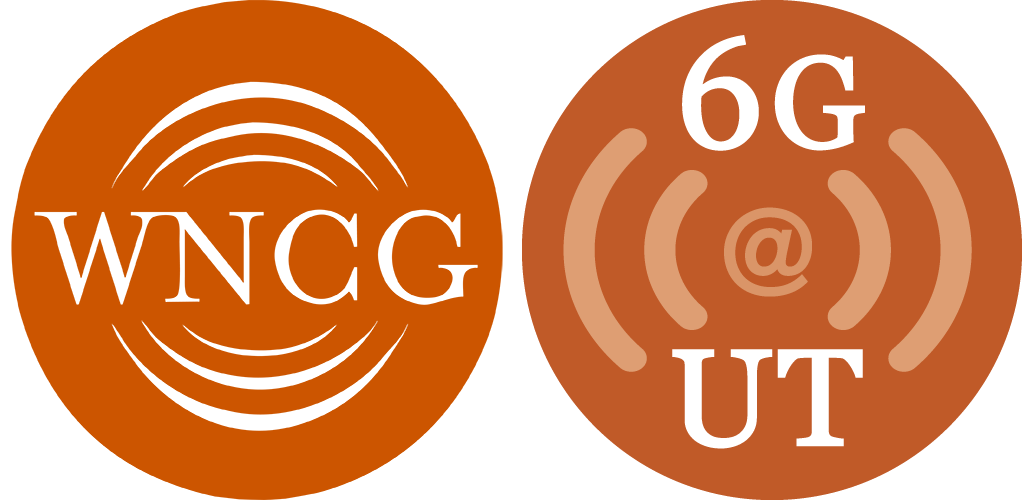WNCG PhD Student, Ahmed Alkhateeb, recently presented an invited talk during the Graduation Day at the Information Theory and Applications (ITA) Workshop 2015.
Graduation Day features outstanding graduate students and postdoctoral researchers seeking academic positions and provides them with an opportunity to present their work to a broad audience of researchers and faculty. They are the only ITA talks presented by students, and several past Graduation Day presenters have subsequently joined academic institutions.
Alkhateeb was nominated to represent UT Austin during the ITA 2015 event.
“In this talk, I presented our work on devising a new precoding scheme called multi-layer precoding for full-dimensional massive MIMO systems,” Alkhateeb states.
According to Alkhateeb, the increased number of antennas on massive MIMO base stations improves the system’s spectral efficiency and allows large numbers of users to be served simultaneously. The current question is whether these gains will continue to increase with the number of antennas.
“If we want these gains to scale,” Alkhateeb mentions, “We need to do interference management. This is challenging when we have a large number of antennas.”
Two challenges facing interference management are the amount of knowledge required for transmission channels and the complexity of the precoding design. Precoding is a type of beamforming that supports multi-stream and multi-user transmissions in wireless communication systems that use multiple antennas.
“Imagine, for example, that all base stations need to simultaneously design large precoding matrices to manage the interference of their users and other cell users,” Alkhateeb states. “In this case, the complexity of the precoding design becomes a large problem. Our research asked how we can design efficient, low-complexity precoders for large MIMO systems.”
In his work, Alkhateeb proposed multi-layer precoding as a potential solution. In this form of precoding, each layer is designed to respond to only one objective. For example, one layer would manage inter-cell interference, one layer could manage the desired signal optimization and one could manage multi-user interference. With each precoding layer responsible for only one objective, it reduces the complexity of the overall design and better manages different types of network interference.
According to Alkhateeb, these new findings work well with low-frequency massive MIMO and mmWave systems, which many experts state are the 5G cellular solutions of the future.
“This was my first invited talk and I was excited to be a part of ITA” Alkhateeb mentions.
At WNCG, Alkhateeb is advised by Prof. Robert W. Heath.

